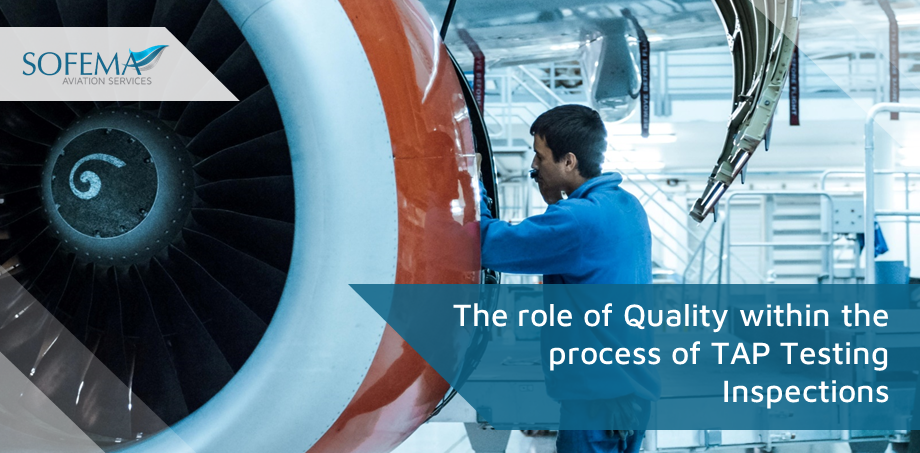Sofema Aviation Services (SAS) www.sassofia.com considers the role of Quality within the process of TAP Testing Inspections including setting organisational standards, managing a consistent inspection process and ensuring the correct documentation of findings.
Tap Testing can identify a variety of defects including delamination, disbonding, voids, inclusions, porosity, and other inconsistencies in composite materials.
To ensure the effectiveness of tap testing inspections, several considerations related to QA & QC need to be taken into account.
Quality Assurance oversight will support the independent validation of the entire process including technician training, routine equipment calibration, and periodic audits of the testing process including documentation assessment and rectification of findings.
Setting Organizational Standards
- QC considerations for tap testing inspections begin with establishing organizational standards (based on and fully compliant with manufacturers’ standards)
- Includes the definition of the specific requirements, procedures, and criteria for conducting tap testing inspections.
- Organizational standards should cover aspects such as equipment calibration, inspection techniques, test parameters, acceptance criteria, and personnel qualifications.
- These standards provide a framework for consistent and reliable inspections across the organization.
Managing a Consistent Inspection Process
- Consistency in the tap testing inspection process is crucial to obtain accurate and reliable results.
- QC ensures that the inspection process is standardized and consistently followed by all inspectors.
- This includes providing appropriate training and organisation approval to inspectors and ensuring their competency in conducting tap testing inspections.
- QA audits and competence assessments & proficiency tests can be used to verify that the inspectors are adhering to the established procedures and maintaining the required level of competence.
- Describe the objective of the tests, the equipment used, and the components to be tested.
- Clearly define the expected results and any tolerances for test results.
- Provide step-by-step instructions on how to perform the Tap Testing.
o This should include specifics on where to tap, how hard to tap, what sound to listen for, and how to interpret the results.
- Detail the method for analyzing test data, identifying potential issues or defects, and making decisions based on this analysis.
Ensuring Correct Documentation of Findings
- Proper documentation of tap testing inspection findings is essential for traceability, analysis, and decision-making.
- QC process shall ensure that the inspection results are accurately recorded, documented, and reported.
- The procedure should also specify how to mark and document any detected defects.
o This should include the location of each test, the date and time, the technician performing the test, and the result of each test.
o Photographs or other graphical depictions might be helpful.
Next Steps
Follow this link to our Library to find & download related documents for Free.
Sofema Aviation Services offers the following 2 day course – Composite Material TAP Testing for Aviation Inspectors. Please email team@sassofia.com for details.
Tags:
SAS blogs, QC process, Proper documentation, Consistent Inspection, QA & QC, Tap Testing Inspections, Aircraft Composite Inspection, TAP Testing, Aircraft Documentation, Aircraft Maintenance, Quality Control, Sofema Aviation Services, EASA, aviation safety, Aviation Quality Assurance, Aviation Quality, aviation




